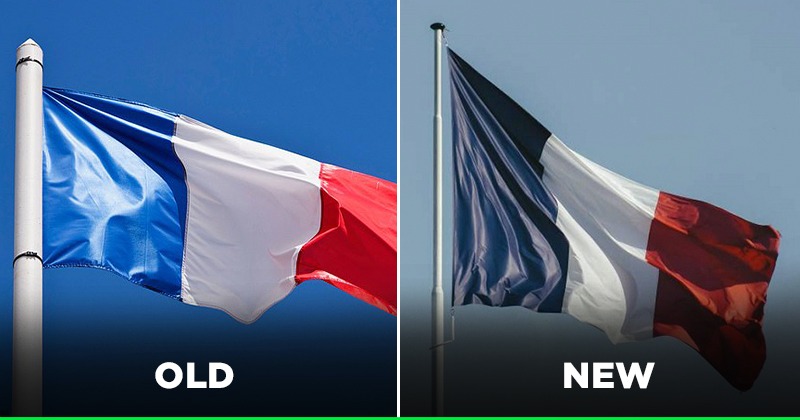The Symbolism of the French Flag: More Than Just Blue, White, and Red
Introduction
The French flag, known as the Tricolore, is one of the most recognizable national symbols in the world. But beyond its simple yet striking design, the flag carries deep historical, cultural, and ideological significance. Let’s explore the rich symbolism behind the French flag and uncover some fascinating facts about its origins and evolution.
The Meaning Behind the Colors
Each of the three colors of the French flag has a distinct meaning:
- Blue – Represents liberty, as well as Saint Martin, a patron saint of France.
- White – Symbolizes equality and was historically associated with the French monarchy.
- Red – Stands for fraternity and is linked to Saint Denis, the patron saint of Paris.
These three values—liberty, equality, and fraternity—are also the foundation of the French Republic and are famously echoed in the national motto: Liberté, Égalité, Fraternité.
The Evolution of the Flag
While the blue, white, and red design is now synonymous with France, the flag has undergone several changes throughout history:
- Before the Revolution: The French monarchy primarily used a plain white flag, often decorated with the fleur-de-lis, a symbol of the royal family.
- The French Revolution (1789-1799): The revolutionaries adopted a tricolor cockade (a circular badge) combining blue and red (colors of Paris) with white (symbolizing the monarchy), which later inspired the national flag.
- Napoleonic Era (1804-1815): Napoleon Bonaparte popularized the Tricolore as the official flag of France.
- Restoration of the Monarchy (1815-1830): The white royal flag briefly returned before the Tricolore was reinstated in 1830.
The Flag Designed by Marquis de Lafayette
Marquis de Lafayette, a key figure in both the American and French Revolutions, played a crucial role in designing the French flag. He proposed the combination of blue and red, the colors of Paris, with white, symbolizing the monarchy, to unite the people and the crown. His design became the basis for the Tricolore, which was officially adopted during the French Revolution.
The Flag and the French Revolution
The French flag is deeply tied to the ideals of the Revolution. When revolutionaries stormed the Bastille on July 14, 1789, they wore the red and blue colors of Paris. Later, Lafayette, a key revolutionary figure, added white to the cockade to symbolize unity between the people and the monarchy. This tricolor emblem soon evolved into the national flag, embodying the values of the Republic.
| “Raise a Glass to Freedom” – On July 14, celebrate Fête nationale / Bastille Day |
How the French Flag Inspired Other Nations
France’s Tricolore has influenced numerous other flags worldwide. Countries such as Italy, Romania, and Ireland have adopted tricolor designs inspired by the French Revolution’s ideals. The French flag’s simplicity and powerful symbolism made it a model for democratic movements across the globe.
Fun Facts About the French Flag
- Did You Know? The French flag has official color codes! In 1976, President Valéry Giscard d'Estaing briefly lightened the shades of blue and red, but President Emmanuel Macron restored the original darker hues in 2020.
- The French Navy Uses a Different Version! The naval ensign has a slightly different proportion, with a narrower white stripe.
- It Has Been Taken Down Once in Modern Times! In 1940, during Nazi occupation, the Tricolore was banned and replaced with the Nazi flag until the Liberation of Paris in 1944.
- It Flies Without a Coat of Arms! Unlike many other national flags, the Tricolore is purely symbolic and does not feature any additional emblems.
Conclusion
The French flag is more than just a national emblem; it represents centuries of struggle, revolution, and democratic ideals. Whether waving proudly on Bastille Day or inspiring movements around the world, the Tricolore remains a powerful symbol of France’s rich history and enduring values.
You may like
Read more:





